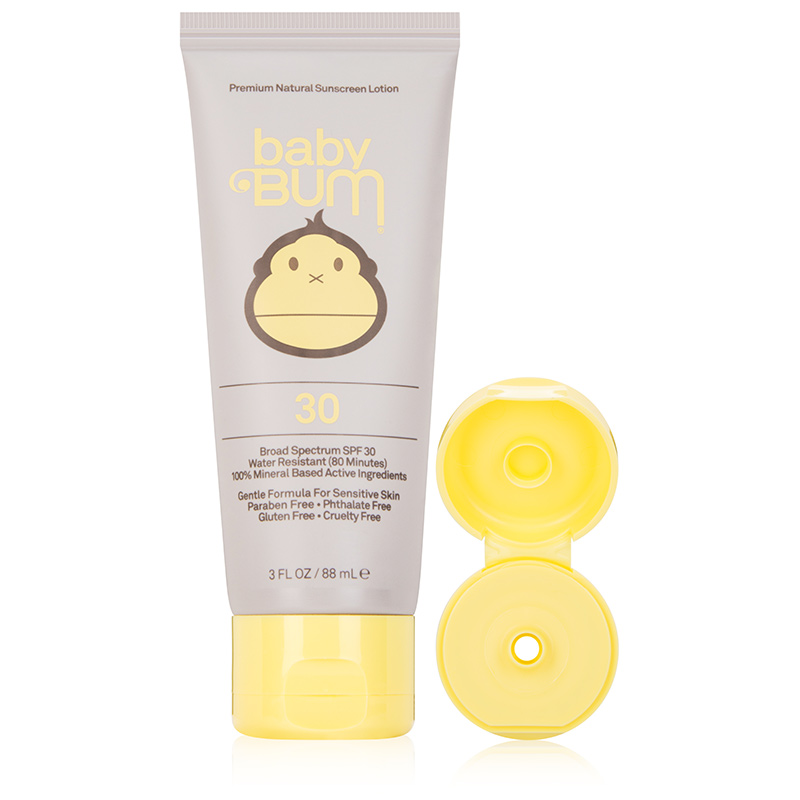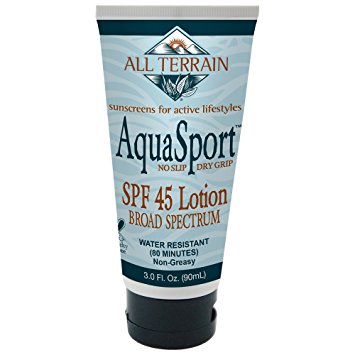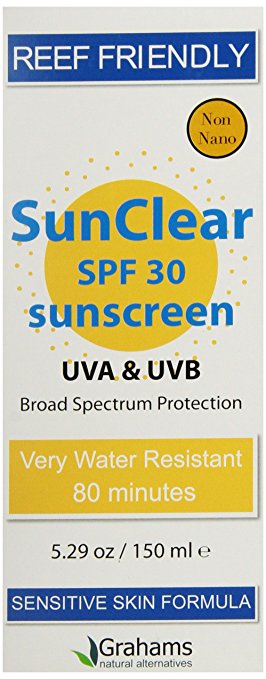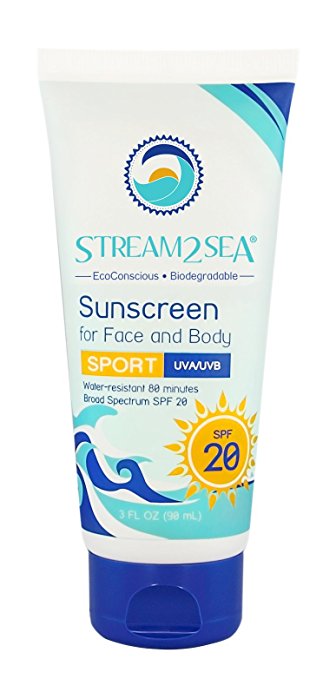The Best 5 Coral Reef-Safe Sunscreens
We’re so concerned about protecting ourselves from the sun’s rays (as we should be) that we sometimes don’t realize the cure can also be a curse, at least for the environment.
Chemicals from some sunscreens coming in contact with the ocean have become enough of a problem to contribute to the larger environmental threat to delicate coral and other marine life. Oxybenzone, a UV-filtering chemical compound found in thousands of brands of sunscreen worldwide, is the name to know and avoid when looking for reef-friendly sunscreen. It’s toxic to coral, and contributing to the decline of reefs around the world, according to a new study by the Archives of Environmental Contamination and Toxicology. (It’s been estimated 14,000 tons of sunscreen lotion end up in coral reefs each year.)
Craig Downs, who led the research found the highest concentrations of oxybenzone around coral reefs popular with tourists. Downs cited polluted reefs in Hawaii and the Caribbean as illustrations in the study. This research and environmental organizations such as The Environmental Working Group and The David Suzuki Foundation are forcing sunscreen pollution to the forefront of skin care and environmental conversations. The David Suzuki Foundation recommends the products the EWG recommends. “If the EWG recommends the product, it almost certainly meets the rest of my criteria’ David Suzuki said via a post on The Suzuki Foundation website. Otherwise, the Suzuki Foundation has come up with a five point cheat sheet of what to look for in a reef and otherwise environmentally safe sunscreen, again, largely based on the EWG.
Admittedly their first pointer is not that much fun: “The most effective sun protection is covering up! Choose sun hats and tightly woven, loose-fitting, long sleeved shirts and pants to keep harmful rays away from the skin. And always seek out shade.” But if we want to flash a little skin on the beach, there are more accommodating options. The EWG’s Environmental Working Group’s SkinDeep database and the Suzuki Foundation recommend what to look for in a reef-friendly sunscreen and chemicals of concern: First, as mentioned previously, avoid sunscreens which contain, oxybenzone an ingredient the EWG rates it an alarming “eight”. The Suzuki Foundation stated: “— Oxybenzone is added to stabilize avobenzone, a UVA-blocker. The combination is marketed as Helioplex. Find safer UVA protection in mineral-based sunscreens containing titanium dioxide or zinc oxide, or non-mineral-based European sunscreens containing Tinosorb S and/or M, or ecamsule (trade name Mexoryl SX)”. Three other substances also commonly found in chemical sunscreens — parabens, cinnamate, benzophenone and camphor derivatives — are also said to be coral reef killing culprits. Even if we don’t stick a toe in the water, spray on sunscreens can do damage. Sprays hang in the air and get absorbed in the sand which then is carried out into the ocean when the tide comes in, or it can get buried in deep sand where sea turtles typically lay their eggs, potentially harming them. So another key pointer is to use creams and lotions, never sprays.
Here is a partial list of skin care companies who are stepping up, creating ocean friendly, effective sun screens that meet the Suzuki and EWG foundations’ approval :






